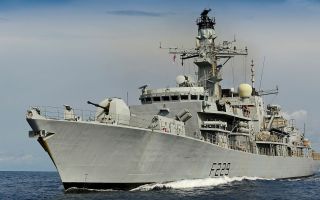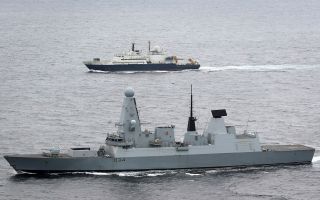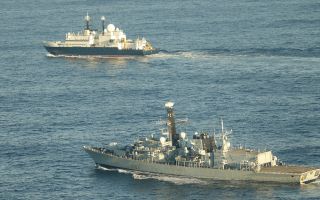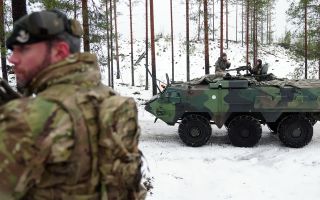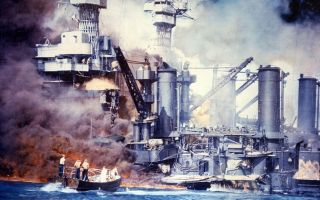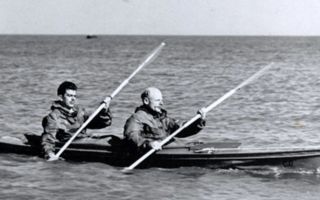
Maritime mathematics: What it would take to keep an RAF sub-hunting Poseidon on station

The RAF's nine Poseidon aircraft are being kept busy – in part due to their versatility – as the type is capable of anti-submarine warfare, surveillance, and search and rescue missions.
The aircraft is known as the Boeing Poseidon MRA1 in UK service, but in practice is often referred to by its US Navy designation of P-8A.
Flight tracking data posted on X has shown plenty of Poseidon activity of late, with the aircraft operating out of RAF Lossiemouth and variously patrolling over the Outer Hebrides and up the west coast of Norway.
RAF Poseidons have to be ready to protect the UK and its interests by patrolling the seas, detecting hostile submarines and supporting the UK's nuclear deterrent.
But the Ministry of Defence would not be drawn on exactly what the aircraft had been doing.
A spokesperson told BFBS Forces News: "The RAF's P-8 Poseidon aircraft work continuously on operations, protecting national interests and keeping the UK and our allies safe.
"However, for operational security reasons we will not comment on details."
Regardless of their specific area of operation and anything of interest the aircraft may have detected, it takes a mammoth effort to keep a Poseidon on station.
Doing the maths
Air Marshal Greg Bagwell, a retired senior commander, explained how it would take at least three P-8s to maintain a constant patrol.
In a series of posts on X, AM Bagwell laid out the necessary time and space calculations to schedule a combat air patrol and assess the number of aircraft needed to fill it over a 24-hour period.
He pointed out how a P-8 has the ability to conduct a four-hour patrol at a range of 1,200 nautical miles.
The time it takes to get on task and return is therefore a four-hour round trip.
Therefore, once one aircraft is on patrol a second aircraft will need to launch when the first aircraft has two hours' endurance left.
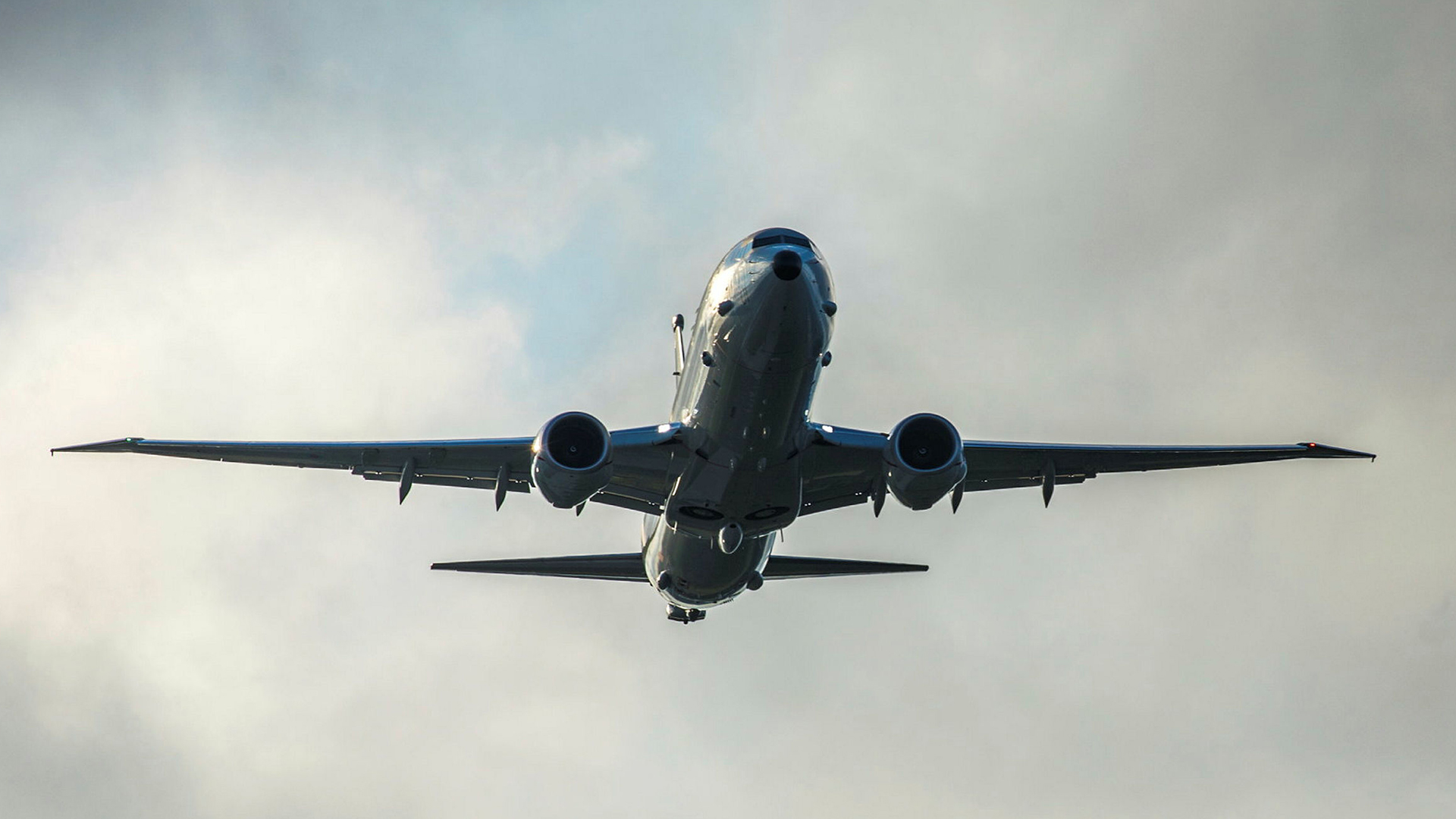
He wrote: "So if the first aircraft took off at 22:00 to be on patrol at 00:00, the second aircraft would need to take off at 02:00 to take on the patrol from 04:00 to 08:00.
"As the next aircraft needs to be airborne at 06:00, it cannot be the first aircraft, which will just be landing then.
"So a third aircraft gets airborne at 06:00 to go on patrol between 08:00 to 12:00. Now, the next aircraft needs to be airborne at 10:00. As this is four hours after the first aircraft landed, it can be used for the fourth patrol slot.
"If aircraft stay serviceable and sufficient crews are available, then this cycle can be continued."
AM Bagwell also explained how a Poseidon's endurance could be extended using air refuelling, while conversely it could be reduced if more fuel was used.
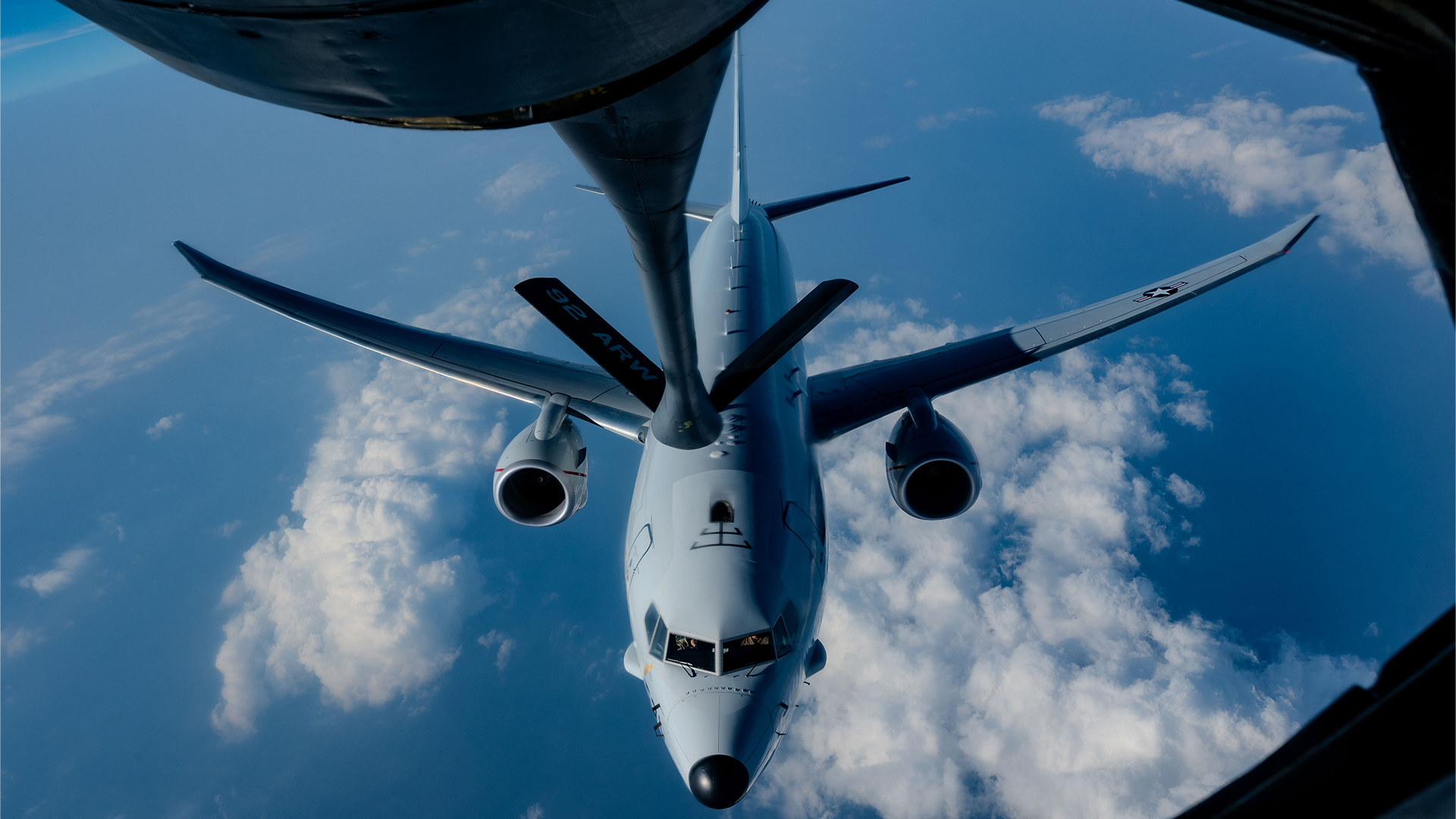
The RAF's P-8s are operated by 120 Squadron, 201 Squadron and 42 (Torpedo Bomber) Squadron, based at Lossiemouth.
The Poseidon programme also fosters international cooperation, with the US Navy providing training and support, and Norway partnering with the RAF on training, maintenance and logistics.

